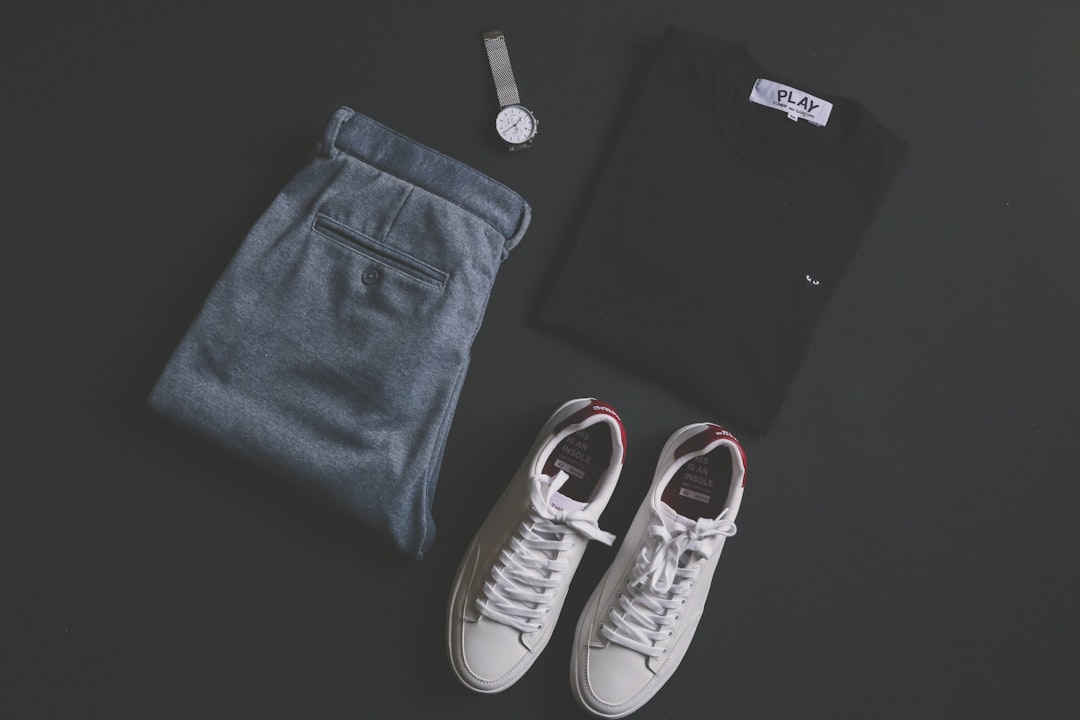
In an era where climate change and environmental degradation are at the forefront of global concerns, the fashion industry is undergoing a much-needed transformation. Consumers are becoming more mindful of how their choices impact the planet, leading to a rising demand for eco-friendly fashion. But sustainable style isn’t just a fleeting trend—it’s a conscious lifestyle shift towards ethical production, mindful consumption, and environmental responsibility.
What Is Eco-Friendly Fashion?
Eco-friendly fashion, also known as sustainable fashion, refers to clothing that is designed, manufactured, distributed, and used in ways that are environmentally friendly. This includes using organic or recycled materials, reducing waste, cutting down on water and energy usage, and ensuring fair labor practices. The goal is to create fashion that minimizes harm to the planet and promotes ethical practices throughout the supply chain.
The Impact of Fast Fashion
Fast fashion—characterized by cheap, trendy clothing that is rapidly produced and discarded—has become one of the most damaging industries globally. It contributes to:
-
Massive textile waste (over 92 million tons annually)
-
High carbon emissions
-
Water pollution from dyes and chemicals
-
Exploitation of garment workers
As consumers become more aware of these issues, many are turning to eco-conscious alternatives that offer style without sacrifice.
Making Sustainable Choices
Here’s how you can build a more sustainable wardrobe without compromising on fashion:
1. Choose Organic and Natural Fibers
Look for clothes made from organic cotton, hemp, linen, or bamboo, which are grown without harmful pesticides and require less water. These materials are biodegradable and better for your skin and the environment.
2. Opt for Recycled or Upcycled Materials
Brands are now innovating by using recycled polyester, repurposed fabrics, or even ocean plastic waste to create stylish garments. Upcycled fashion gives new life to old clothes or materials, reducing the need for virgin resources.
3. Support Ethical and Eco-Conscious Brands
Research and support brands that prioritize sustainability. Look for certifications like GOTS (Global Organic Textile Standard), Fair Trade, or OEKO-TEX®, which ensure ethical labor practices and sustainable production.
4. Embrace Minimalism and Capsule Wardrobes
A capsule wardrobe consists of versatile, timeless pieces that can be mixed and matched, reducing the need for excessive shopping. Minimalist fashion promotes quality over quantity, encouraging long-term use and reducing waste.
5. Buy Less, Choose Well
Invest in high-quality, durable pieces rather than frequent fast-fashion purchases. Take a “less is more” approach to shopping by focusing on the longevity and versatility of each item.
6. Practice Clothing Care and Repair
Extend the life of your garments by washing them responsibly (cold water, gentle detergents), avoiding dryers, and learning basic mending skills. Proper care reduces the frequency of replacement and keeps clothes out of landfills.
7. Thrift, Swap, and Rent
Secondhand shopping, clothing swaps, and rental services are gaining popularity. These options reduce demand for new production and give pre-loved clothes a new life, helping to close the loop on fashion waste.
Fashion as a Statement for the Planet
By choosing eco-friendly fashion, you’re making a powerful statement—that style and sustainability can go hand in hand. Your wardrobe becomes a reflection of your values, showing that you care about people, the planet, and future generations.
The shift to sustainable fashion isn’t about perfection; it’s about progress. Every small change in your shopping habits contributes to a larger movement toward a cleaner, more ethical fashion industry. So next time you refresh your wardrobe, think green. Choose thoughtfully, wear responsibly, and let your style speak for the planet.